Sorry, you won't be able to pop the new Bubble Wrap
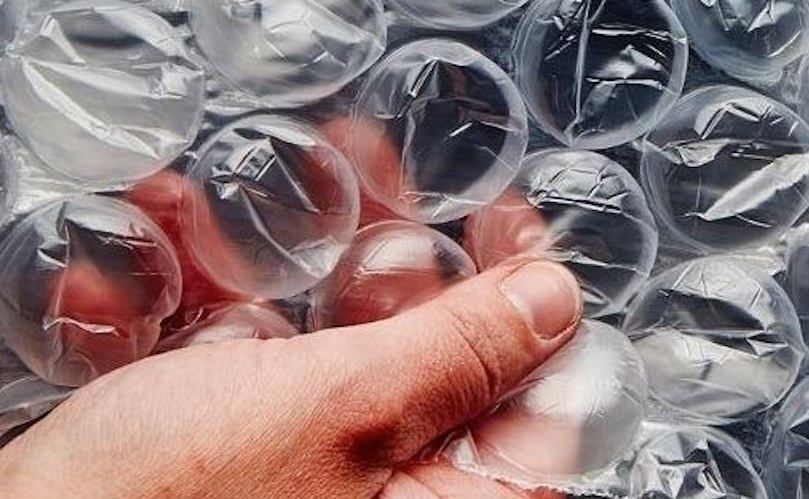

Sometimes progress comes at a steep cost. Sealed Air Corp., the company that invented Bubble Wrap and has sold it since 1960, is changing things up — and in the new version of its iconic product, iBubble Wrap, you won't be able to pop the plastic capsules. Sealed Air is making the change because shipping the pre-inflated Bubble Wrap takes up a lot of space — yes, Bubble Wrap has to be shipped, too — and the new version is delivered in flat sheets that online retailer and other customers will inflate at their warehouses, The Wall Street Journal reports.
Sealed Air almost discontinued Bubble Wrap a few years ago, leaving the market to imitators, because the bulk of the packages made it too expensive to ship more than 150 miles. The new iBubble Wrap takes up 1/50th of the space before it is inflated. With the rise of e-commerce, protective packaging material is big business, The Journal reports, hitting $20 billion in global sales in 2013, $2 billion of that bubble packaging. iBubble Wrap may help Sealed Air recapture more of that market, but does nobody care about the kids? (Or the older Bubble Wrap fanatics?) You can see the new Bubble Wrap in action in the Wall Street Journal video below. Peter Weber
Subscribe to The Week
Escape your echo chamber. Get the facts behind the news, plus analysis from multiple perspectives.

Sign up for The Week's Free Newsletters
From our morning news briefing to a weekly Good News Newsletter, get the best of The Week delivered directly to your inbox.
From our morning news briefing to a weekly Good News Newsletter, get the best of The Week delivered directly to your inbox.
Sign up for Today's Best Articles in your inbox
A free daily email with the biggest news stories of the day – and the best features from TheWeek.com
Peter has worked as a news and culture writer and editor at The Week since the site's launch in 2008. He covers politics, world affairs, religion and cultural currents. His journalism career began as a copy editor at a financial newswire and has included editorial positions at The New York Times Magazine, Facts on File, and Oregon State University.
-
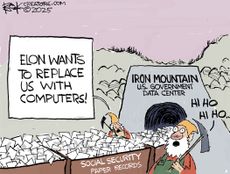 Today's political cartoons - April 5, 2025
Today's political cartoons - April 5, 2025Cartoons Saturday's cartoons - paper records, Democratic Party resistance, and more
By The Week US Published
-
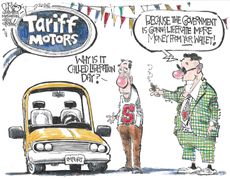 5 costly cartoons about Liberation Day tariffs
5 costly cartoons about Liberation Day tariffsCartoons Artists take on the auto industry, 401(k) plans, and more
By The Week US Published
-
 Whipped ricotta and asparagus bruschetta recipe
Whipped ricotta and asparagus bruschetta recipeThe Week Recommends This creamy irresistible dish is springtime on toast
By The Week UK Published
-
 Markets notch worst quarter in years as new tariffs loom
Markets notch worst quarter in years as new tariffs loomSpeed Read The S&P 500 is on track for its worst month since 2022 as investors brace for Trump's tariffs
By Peter Weber, The Week US Published
-
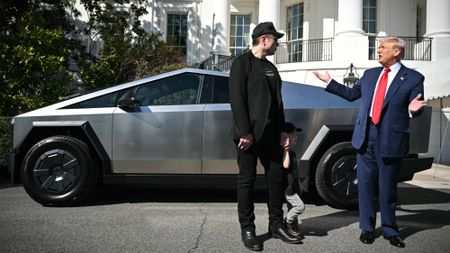 Tesla Cybertrucks recalled over dislodging panels
Tesla Cybertrucks recalled over dislodging panelsSpeed Read Almost every Cybertruck in the US has been recalled over a stainless steel panel that could fall off
By Justin Klawans, The Week US Published
-
 Crafting emporium Joann is going out of business
Crafting emporium Joann is going out of businessSpeed Read The 82-year-old fabric and crafts store will be closing all 800 of its stores
By Peter Weber, The Week US Published
-
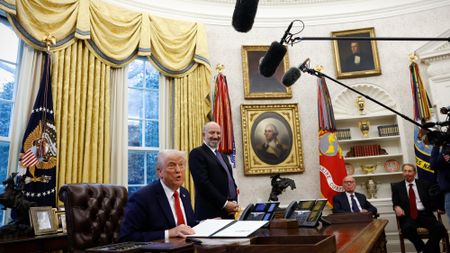 Trump's China tariffs start after Canada, Mexico pauses
Trump's China tariffs start after Canada, Mexico pausesSpeed Read The president paused his tariffs on America's closest neighbors after speaking to their leaders, but his import tax on Chinese goods has taken effect
By Peter Weber, The Week US Published
-
 Chinese AI chatbot's rise slams US tech stocks
Chinese AI chatbot's rise slams US tech stocksSpeed Read The sudden popularity of a new AI chatbot from Chinese startup DeepSeek has sent U.S. tech stocks tumbling
By Peter Weber, The Week US Published
-
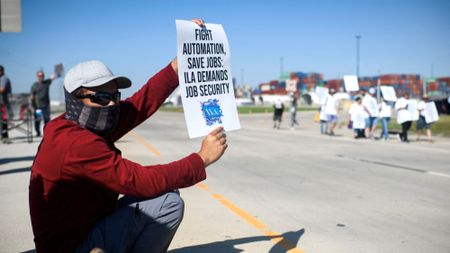 US port strike averted with tentative labor deal
US port strike averted with tentative labor dealSpeed Read The strike could have shut down major ports from Texas to Maine
By Peter Weber, The Week US Published
-
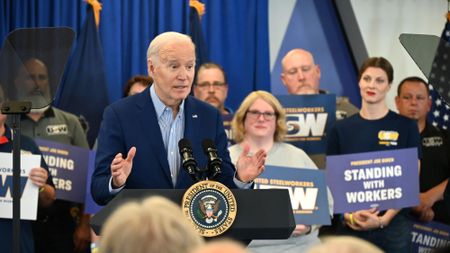 Biden expected to block Japanese bid for US Steel
Biden expected to block Japanese bid for US SteelSpeed Read The president is blocking the $14 billion acquisition of U.S. Steel by Japan's Nippon Steel, citing national security concerns
By Peter Weber, The Week US Published
-
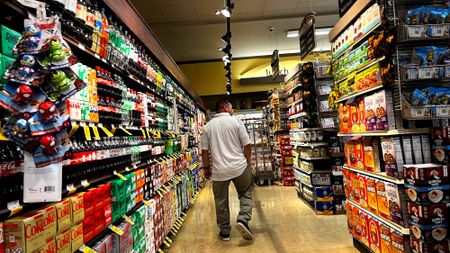 Judges block $25B Kroger-Albertsons merger
Judges block $25B Kroger-Albertsons mergerSpeed Read The proposed merger between the supermarket giants was stalled when judges overseeing two separate cases blocked the deal
By Peter Weber, The Week US Published
